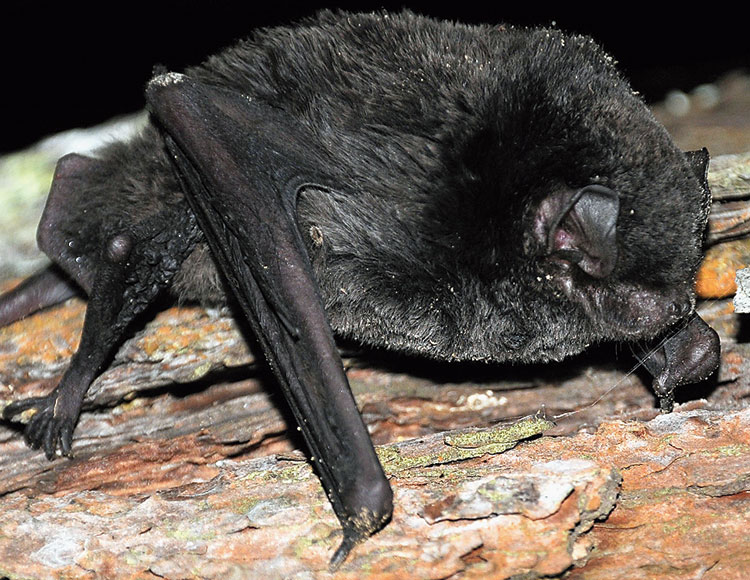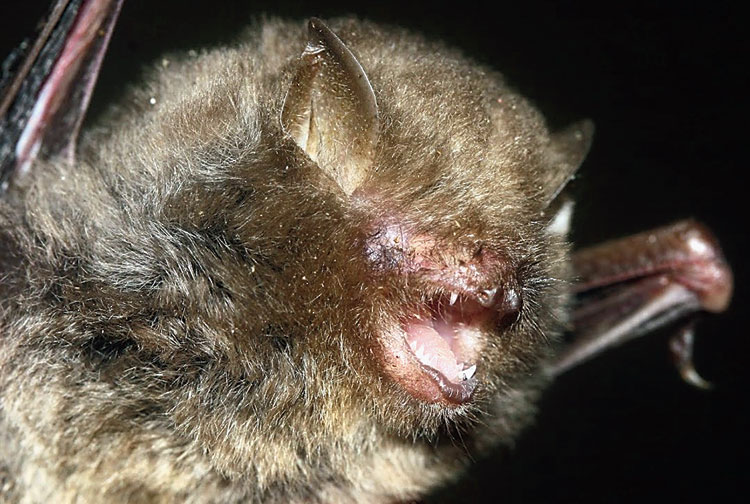The study of the ultrasonic call characters of three species of bats in Meghalaya has drawn attention to the need to bat for thorough research into the rich fauna present in the Himalayan foothills.
A team of scientists from the Zoological Survey of India and Natural History Museum of Geneva have for the first time reported on the ultrasonic call characters of three species of bats — Myotis pilosus, Miniopterus magnater and Kerivoula kachinensis — from India.
The study, reported in the current edition of Journal of Threatened Taxa, highlights the high chiropteran (bat) diversity of Meghalaya and the need for a more robust and critical examination of the rich bat fauna existing in the foothills of the Himalaya.
The study was carried out by Uttam Saikia, a scientist at Zoological Survey of India, Shillong, Adora Thabah, a bat researcher, and Manuel Ruedi of the department of mammalogy and ornithology, Natural History Museum of Geneva.
Meghalaya is so far the most diverse states in the country as far as bat diversity is concerned, with 65 recorded species so far.
The study provided scientific data on five-lesser known bat species from Meghalaya — Megaerops niphanae, Myotis pilosus, Kerivoula kachinensis, Miniopterus magnater and Miniopterus pusillus, which were earlier reported from the state but without any detailed descriptions.

Miniopterus magnater Picture courtesy: Uttam Saikia
“One main reason for this huge diversity is the presence of numerous caves and caverns, which provide ideal roosting opportunities for a large variety of cave roosting bat species,” Saikia said.
“During the course of speleological explorations conducted between 2011–2018 in various parts of Meghalaya by the team of the Caving in the Abode of the Clouds project, we captured bats by using a two-bank harp trap or mist nets erected across presumed flight paths. These devices were usually placed in front of cave entrances or in the surrounding forests,” he said.
“For three of the species (Myotis pilosus, Miniopterus magnater and Kerivoula kachinensis), we recorded echolocation calls while individuals were either flying free in front of the cave just prior to capture (former two species), or while the animal was held in the hand (latter species). Recordings were done with an Anabat Walkabout bat detector,” he said.
The study of bat calls (echolocation calls) are a nascent field in India though there have been a few studies in southern and northern India, but it is almost new to the Northeast.
“We reported the ultrasonic call characters of three species of bats for the first time from India,” Saikia told The Telegraph.
Call characters are unique for each species. It helps in biodiversity survey and monitoring as one can identify a bat species with a certain level of confidence in an area without catching them (which is always difficult). One needs an ultrasonic call recorder, analysis software and a reference call library to compare the data. Saikia said the study of call characters is an important tool for bat studies as each bat species has a signature call and these can be used in the field to monitor them without catching them.











